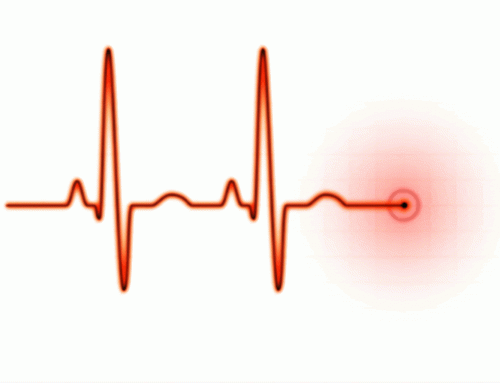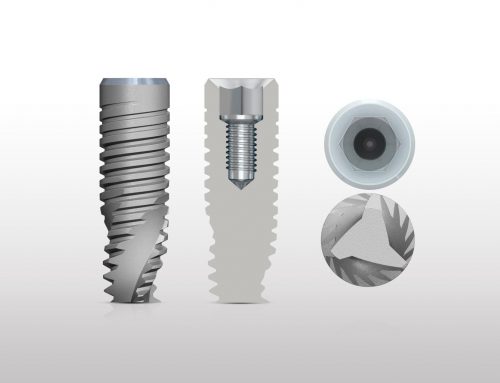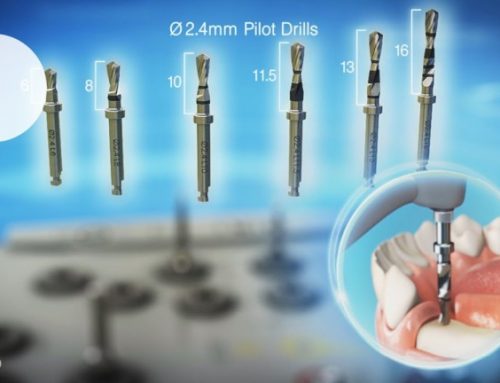By Prim. Dr. Tome Tasevski
Several years ago, I promoted our new company’s web site where I’ve named one link in the menu bar called “Teeth in a day” and my idea was to promote our newly bought state of the art computer technology known as CAD/CAM, that offers fast milled (24h service) precision top dental products as crowns and bridges. At the same time, I’ve noticed that globally there was a treatment called “Teeth in an hour”. I started my research and I found out that this is a treatment where implants are placed and the teeth are immediately mounted, i.e. the patient comes with empty mouth and is living with a mouth full of teeth.
When a patient reads this, what will he state? Just this: WOW! AWESOME! I can have my teeth restored in just 1 hour! Well, my dear readers, YES, you will be transformed, but that depends on your LUCK! Let’s clear some facts by this fast & “magical” transformation.
The so called treatment “teeth in an hour” is a procedure where the implants are placed with in front done plan. In short, this plan includes studio models, 3D CT scans and IMPLANT GUIDE (manufactured and ready to use template with pin point made holes for the surgical drills) but I will leave this to be more and better explained in the next posts by my colleagues. Here, I would like to share the benefits and risk factors involved in this kind of treatment.
So, the number 1 and the only benefit here for the patient is TIME! Nobody has time! Everybody is in a hurry, we all miss our appointments and we are late. Well, in our profession TIME is CRUCIAL! Why? Because of a simple reason: NATURE and BIOLOGY need TIME! The BONE needs time to INTEGRATE the IMPLANT. The GUMS need time to HEAL. YOU need time to REST after the treatment.
I’ve read many articles and saw many videos and slides stating that this is done without incision and do not require sutures but at the same time they state that surgical procedure takes less than an hour. So, what do they mean by “surgical procedure”? It means that in order to place the implant we need to drill the bone.
The risk factors of implant failure here are many and not every patient is candidate for this kind of treatment. The dentists have to search for a patient, as we say “patient from the book”, in other words a practical phantom with great health, great hygiene, non smoker, high bone density, great dimensions of the bone, healthy gums etc. Also, the dentist must plan to place more implants. But, even done so, the risk of implant failures is high. Gingival inflammations can be present because of whatever trauma is done.
Now, after reading this, you may get the idea that the immediacy of this, is what appeals to people who are “time poor but cash rich”. At the end, everyone has a “chance”. Sometimes the treatment will be great but sometimes will end with a failure. My suggestion is: Don’t be fast because again you might end up toothless!






